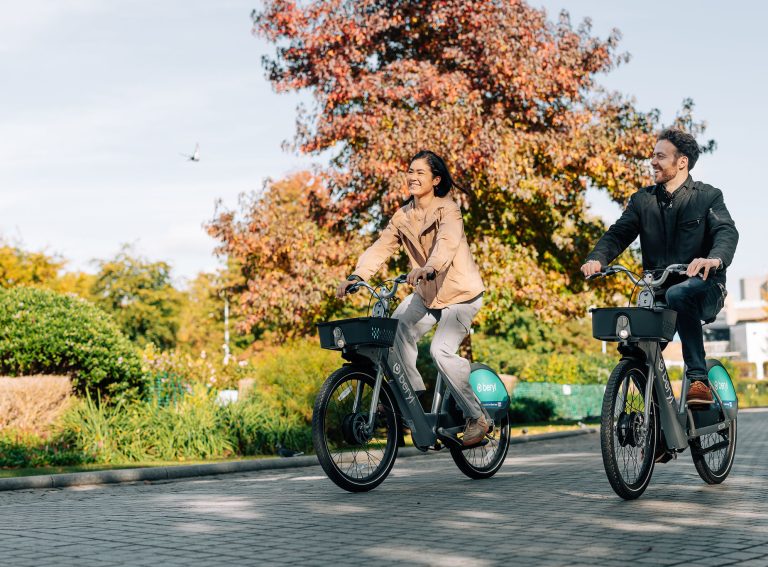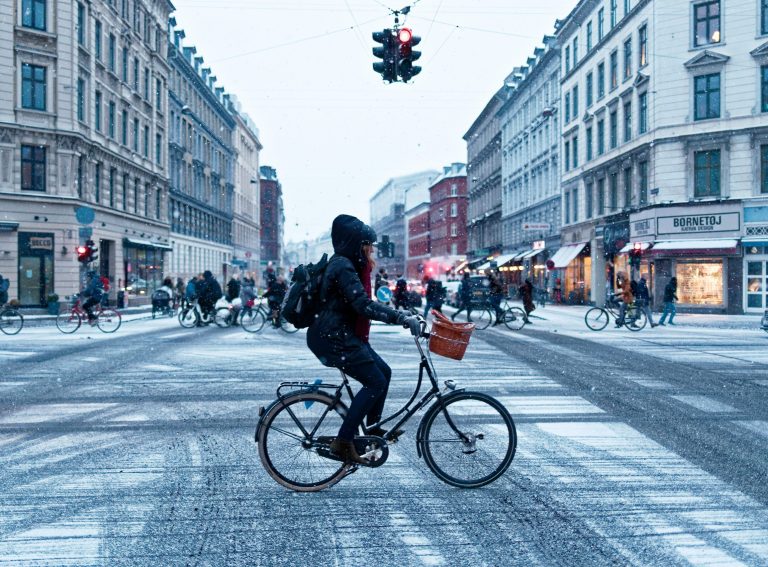From operators to those developing ground-breaking new technology, there is no shortage of ambition and aptitude in the micromobility industry.
However, there remain challenges that need to be overcome and steps that must be taken for it to flourish.
Here are the five main conclusions that Zag Daily took away from the conference.
1. The car-centric focus in cities must stop. This was a sentiment that was echoed across the two days from many people within micromobility. City authorities need to place more emphasis on alternative and more sustainable modes of transport, be it buses, trains, bikes, e-bikes, e-scooters, or numerous others. This includes changes to infrastructure, parking allocation, and policy.
2. Micromobility needs to be financially sustainable. For the industry to prosper, there must be financial sustainability for the players within it. While a number of operators have secured impressive levels of investment, the development of long-term relationships with cities and continued efforts to improve the longevity, safety standards, and usability of vehicles will prove critical.
3. ‘Regulation’ and ‘Innovation’ must find a balance. Across Europe, we have already seen different approaches to introducing micromobility devices into the transport mix and the next 12 months will be about finding the right balance. While rigorous safety measures are important, cities must also consider the user experience and the needs of operators. Striking the balance between ensuring the necessary measures are in place and allowing the sector flourish is the key task.
4. Different modes can work in harmony. Micromobility encompasses numerous different modes of transport, all of which can coexist in the right environment. It has been great to see a few operators going multimodal – avoiding competition between the modes will best enable the sector to succeed. By offering a wide range of options that can cater to people of all demographics, micromobility can tackle the real issue which is the fact that too many people are not using sustainable methods of travel.
5. We must act now. There was a real sense of urgency among the people we spoke to and a feeling that the time for action is now upon us. For too long, issues surrounding the environment have been kicked down the road, resulting in too much talk and a lack of concrete planning. Micromobility has achieved the goal of becoming mainstream and presenting a real option for people in cities. The task now is to become embedded in cities in a way that is safe, sustainable, and widespread enough to make a real difference.











